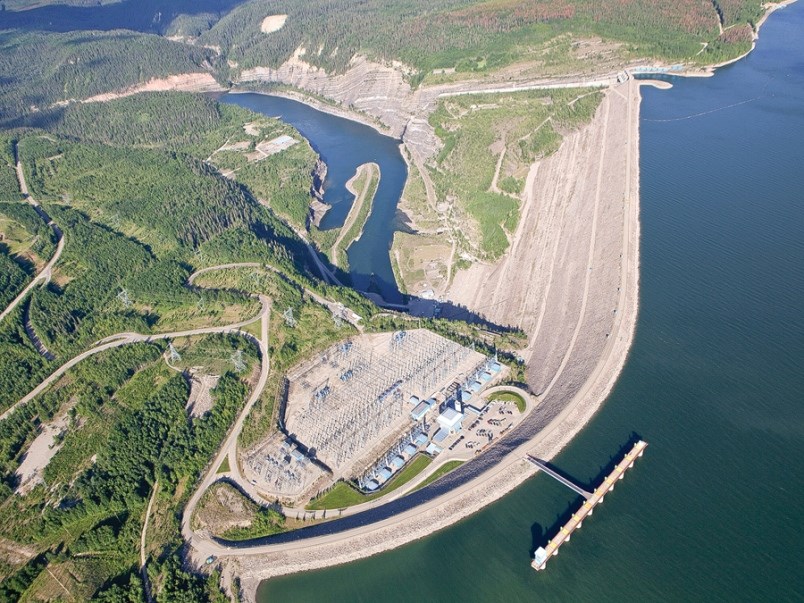BC Hydro is preparing for a “historic drought” in the coming months as some of its largest reservoirs remain below normal levels.
In 2023, the utility imported about 10,000 gigawatt hours of electricity to cope with a shortfall in water entering its reservoirs. Utility spokesperson Mora Scott said in an email that those conditions are expected to continue over the coming months.
“While conditions have improved on the South Coast and Vancouver Island, our larger reservoirs in the north and southeast of the province are still below normal levels,” she said.
“Our team has been planning in real-time for over a year to manage this historic drought.”
Both the Columbia River’s Kinbasket reservoir and Peace River’s Williston reservoir are forecast to have below average overall water supply for the upcoming spring and summer, according to Scott. Together, the dams account for more than 45 per cent of B.C.’s generating capacity.
Most reservoirs in B.C. are filled throughout the year by a mix of precipitation and snowmelt.
Last week, the B.C. River Forecast Centre’s latest snowpack and water supply bulletin showed the province’s snowpack dipped to “very low” levels, averaging 61 per cent of normal.
That's 18 per cent below what was measured at this time last year and represents the lowest in the past 45 years, said Jonathan Boyd, a hydrologist with the B.C. River Forecast Centre.
B.C. imported electricity nearly half of the past 15 years
Importing electricity from outside British Columbia isn't new. BC Hydro has been a net importer of electricity in seven of the past 15 years.
But the lack of new generating capacity has also raised concerns among some experts. A 2022 study from researchers at the University of British Columbia warned that the province's reservoirs won't be able to keep up with population growth and the added load of a full-scale societal switch to electric vehicles and heating.
BC Hydro has responded by putting out a call for new renewable power projects to come online as early as 2028. More recently, they introduced time-of-day billing to give customers the choice of reducing energy consumption at peak hours.
Scott said the province’s hydro dams still do the bulk of electricity generation in B.C. Even in 2023 — a particularly bad year for drought — 80 per cent of consumed electricity came from the province’s hydro dams.
And when last month a severe cold snap broke a record for peak hourly electricity demand, B.C. did not import electricity. Instead, it sent surplus power to grids facing shortfalls in the Pacific Northwest and Alberta, touted the utility in a statement.
“Importing and exporting power helps manage our system, keep rates affordable for customers, and reduces greenhouse gas emissions in other jurisdictions in North America still reliant on coal or natural gas-fired electricity,” Scott said.
And while the lack of snowfall this year has been “extraordinary,” the spokesperson added about half the seasonal snow accumulation in the Peace and Columbia river systems remains to be determined.
But according to Boyd, the odds of getting snowpack levels back up to normal — and therefore offering a key supply of spring and summer water to recharge reservoirs — are pretty low.
“There still is time, but time is running out,” the hydrologist said last week.




